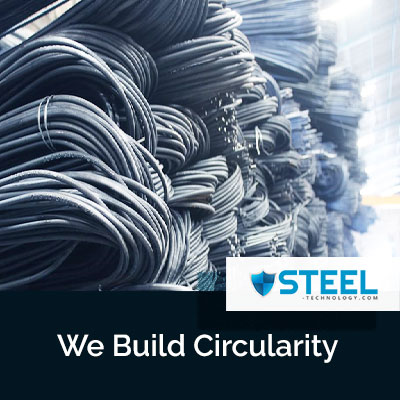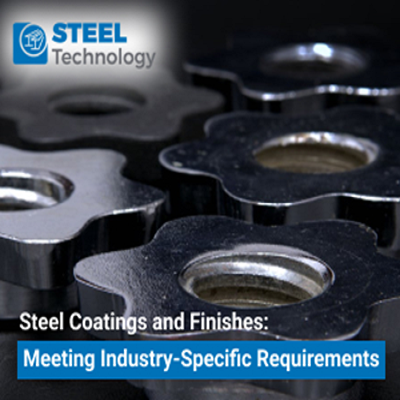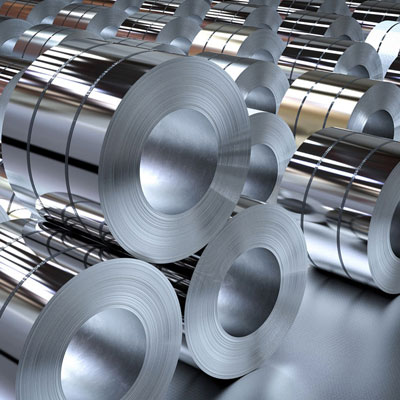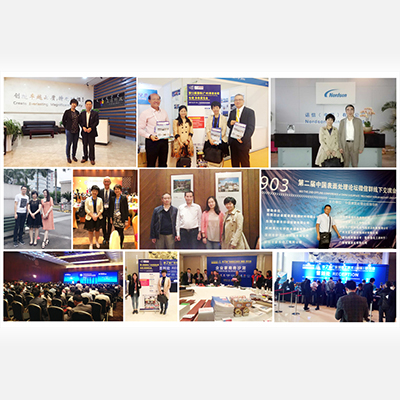Innovations in Blast Furnace Technology for Efficient Ironmaking
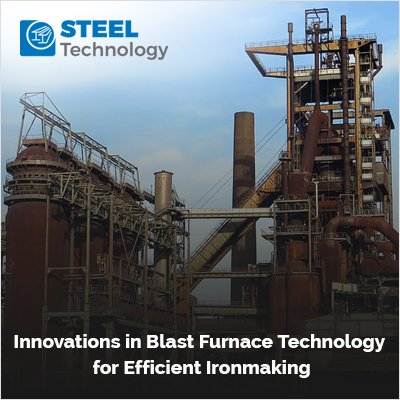
Introduction:
Ironmaking is a critical process in the production of steel, and blast furnaces have been the workhorses of this industry for centuries. In recent years, there have been significant innovations in blast furnace technology aimed at enhancing efficiency, reducing environmental impact, and improving overall performance. This article explores some of the key advancements that have shaped the landscape of modern blast furnace ironmaking.
High-Performance Refractories:
Traditionally, blast furnaces faced challenges due to the harsh conditions inside, resulting in frequent maintenance and repairs. However, recent innovations in high-performance refractories have addressed this issue. These advanced materials exhibit superior resistance to extreme temperatures, pressure, and chemical corrosion, leading to extended campaign life and reduced downtime. The use of high-performance refractories contributes significantly to the overall efficiency of the ironmaking process.
Computational Fluid Dynamics (CFD):
Understanding and optimizing the complex flow patterns of gases and solids within blast furnaces have been made possible through the integration of Computational Fluid Dynamics (CFD). By creating detailed simulations, engineers can identify areas for improvement, optimize furnace design, enhance fuel efficiency, and minimize emissions. CFD models enable operators to predict and address issues related to burden distribution, ultimately leading to improved thermal efficiency and reduced energy consumption.
| Also Read: From Ore to Alloy: Navigating Ironmaking in Modern Steel Production |
Top Gas Recycling Blast Furnace (TGR-BF):
TGR-BF is a cutting-edge technology that focuses on recycling top gas, a byproduct containing valuable components like carbon monoxide and hydrogen. By reintroducing this gas into the furnace, the ironmaking process becomes more energy-efficient. This innovation allows for an increase in the hot blast temperature, resulting in higher productivity and reduced carbon dioxide emissions. TGR-BF aligns with the industry's commitment to sustainability and resource efficiency.
Pulverized Coal Injection (PCI):
To reduce dependence on coke and enhance sustainability, Pulverized Coal Injection (PCI) has emerged as a key innovation. This technique involves injecting finely ground coal into the blast furnace as an additional fuel source. The optimized injection of pulverized coal leads to cost savings and decreased environmental impact. By controlling the injection rate and particle size, operators can achieve better combustion efficiency, further contributing to lower greenhouse gas emissions.
Smart Sensor Technologies:
The deployment of smart sensor technologies has ushered in a new era of real-time monitoring and control within blast furnaces. These sensors measure critical parameters such as temperature, pressure, gas composition, and other variables, providing operators with valuable data to optimize the ironmaking process. Predictive maintenance based on sensor data helps prevent unplanned shutdowns, enhancing overall operational efficiency and reducing downtime.
| Also Read: Forging Ahead: Ironmaking Innovations in the Steel Industry |
Use of Advanced Control Systems:
Advanced control systems, including artificial intelligence algorithms, have become integral to automating and optimizing blast furnace operations. These systems can adapt to changing conditions, making real-time adjustments to maintain optimal performance. By incorporating machine learning algorithms, operators can predict furnace behavior and proactively address potential issues, ensuring a balance between efficiency, safety, and reliability in ironmaking processes.
Conclusion:
Revolutionizing Blast Furnace Technology: Navigating Challenges and Paving the Path to a Sustainable Future in the Iron and Steel Industry. Smart technologies, sustainable practices, and innovative materials signify a dedication to meeting steel demand while minimizing environmental impact. As the steel sector progresses, these breakthroughs are pivotal in forging a resilient and eco-friendly future for blast furnace ironmaking





